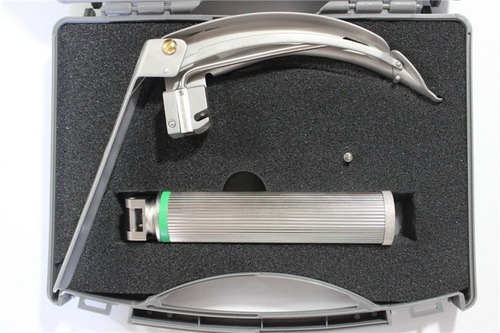In modern medical practice, diagnostic tools are the backbone of accurate, efficient care. Among these tools, fiber laryngoscopes play a pivotal role, offering flexibility and precision in diagnosing and treating conditions affecting the throat and vocal cords. Let’s dive into their significance, applications, and what patients can expect.
What is a Fiber Laryngoscope?
A fiber laryngoscope is a flexible medical device used to examine the larynx, vocal cords, and upper airways. Unlike its rigid counterpart, it uses fiber optics to transmit light, providing a clear, magnified view of hard-to-reach areas.
Did you know? Fiber laryngoscopes were first introduced in the 1960s, revolutionizing airway examination with their unparalleled flexibility and imaging capabilities.
Advantages Over Traditional Methods
Fiber laryngoscopes offer several advantages, such as:
- Patient Comfort: Its flexibility makes the procedure less invasive.
- Improved Visualization: Fiber optics provide detailed imaging for accurate diagnoses.
- Versatility: Suitable for both diagnostic and surgical procedures.
Example in Practice: A study in Otolaryngology Journal (2022) found that fiber laryngoscopes improved diagnostic accuracy in vocal cord examinations by 35% compared to rigid laryngoscopes.
Common Medical Applications
Fiber laryngoscopes are utilized in various scenarios, including:
- Identifying Vocal Cord Issues: Diagnosing nodules, polyps, or paralysis.
- Assessing Throat Infections: Detecting inflammation or abscesses.
- Pre-Surgical Assessments: Ensuring the airway is clear for anesthesia.
Step-by-Step Guide: The Fiber Laryngoscopy Procedure
For patients unfamiliar with this procedure, here’s what to expect:
- Preparation: A topical anesthetic spray numbs the throat.
- Insertion: The flexible scope is gently guided through the nose or mouth.
- Examination: The doctor observes the throat and vocal cords via a connected monitor.
Timeframe: The entire procedure typically takes 10–15 minutes.
Potential Risks and Side Effects
While generally safe, fiber laryngoscopy may cause minor discomfort or side effects, such as:
- Temporary sore throat.
- Nosebleeds (in rare cases).
- Gag reflex irritation.
Pro Tip for Patients: Hydrating and avoiding irritants post-procedure can minimize recovery time.
Fiber vs. Rigid Laryngoscopes
| Feature | Fiber Laryngoscope | Rigid Laryngoscope |
|---|---|---|
| Flexibility | High | Low |
| Comfort | Better for patients | Less comfortable |
| Applications | Diagnostics, minor surgeries | Primarily surgical use |
Technological Advancements
Recent innovations include:
- High-definition imaging systems for enhanced clarity.
- Portable devices enabling use in outpatient settings.
- AI-assisted diagnostics improving procedural outcomes.
Case Study: In 2021, AI-powered fiber laryngoscopes reduced diagnostic time for throat cancers by 20%, according to Medical Device Innovations Quarterly.
Preparation and Aftercare
Before the procedure:
- Avoid eating or drinking 4–6 hours prior.
- Inform your doctor about any medications or allergies.
After the procedure:
- Rest your voice for a day.
- Use throat lozenges if irritation persists.
Maintenance and Sterilization
For medical professionals, maintaining fiber laryngoscopes is critical. Modern sterilization methods, such as autoclaving or chemical solutions, ensure patient safety and device longevity.
Fact: A 2023 survey revealed that hospitals using automated cleaning systems reduced infection risks by 15%.
Conclusion
Fiber laryngoscopes are indispensable tools in diagnosing and managing throat conditions, offering unparalleled flexibility, comfort, and precision. Whether you're a patient preparing for a procedure or a medical professional seeking insights into the latest advancements, understanding these devices can demystify their role in healthcare.
For further questions about fiber laryngoscopy, always consult your healthcare provider. A well-informed patient is an empowered patient.
Have questions? We offer free consultation.
→Click here to learn more about our Laryngoscope
or
